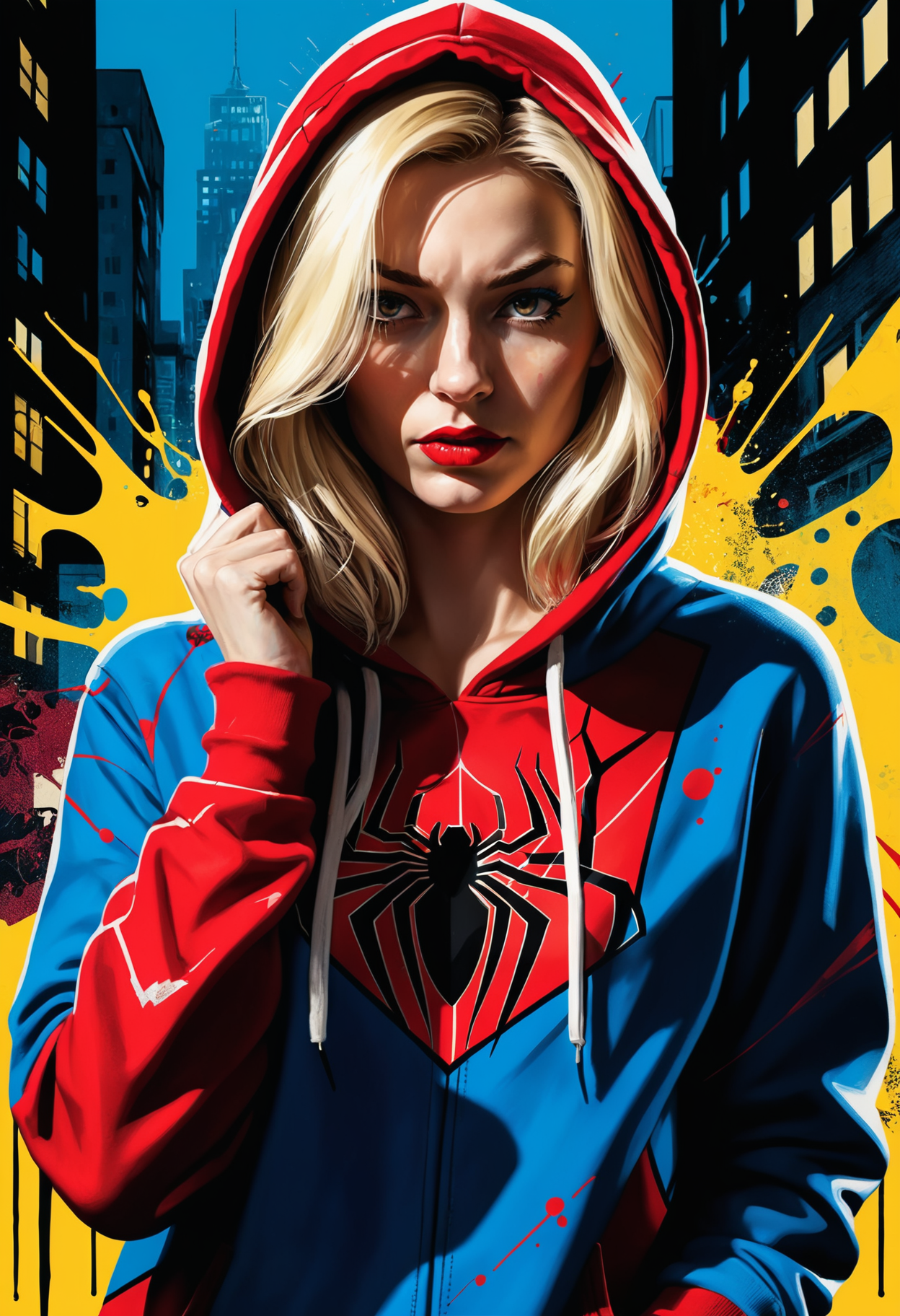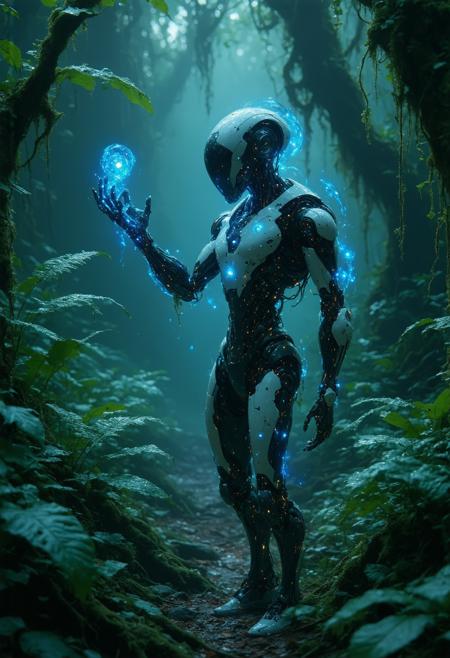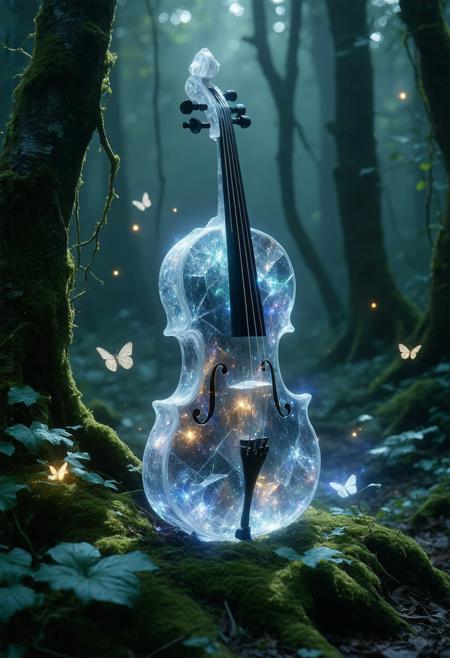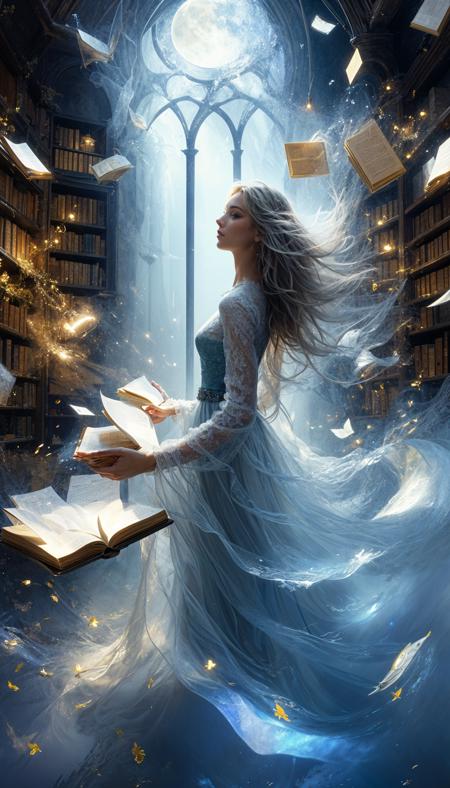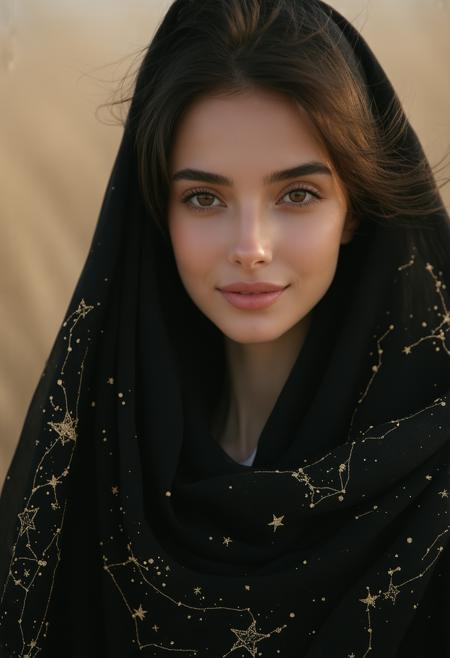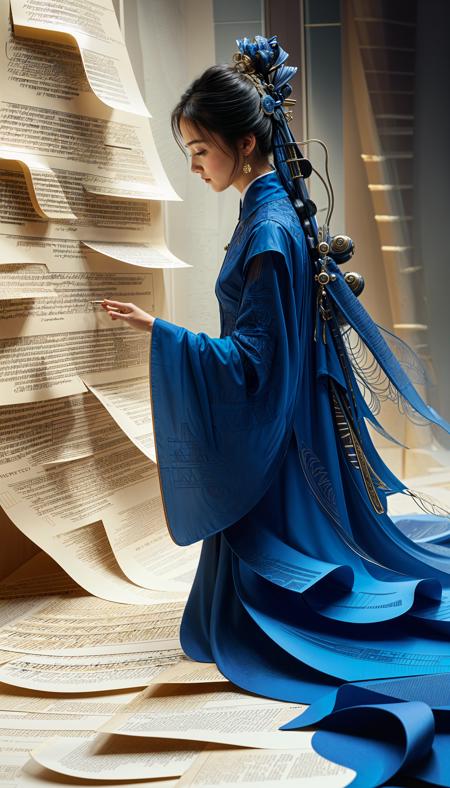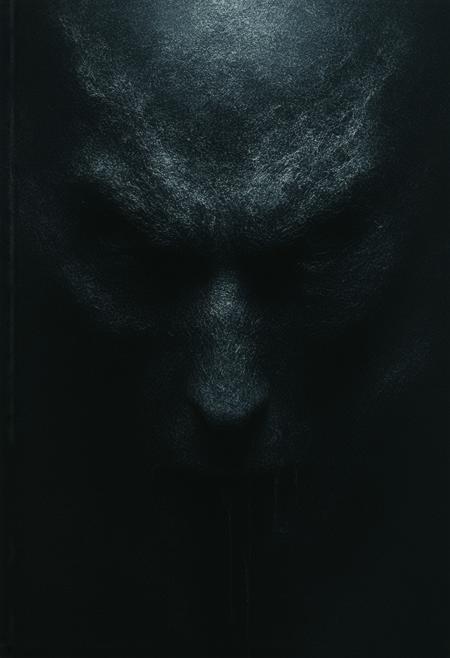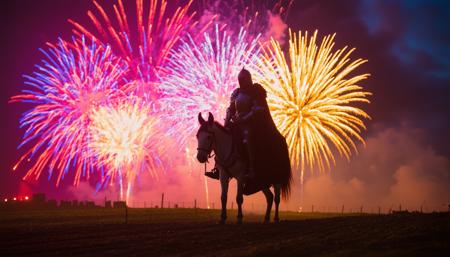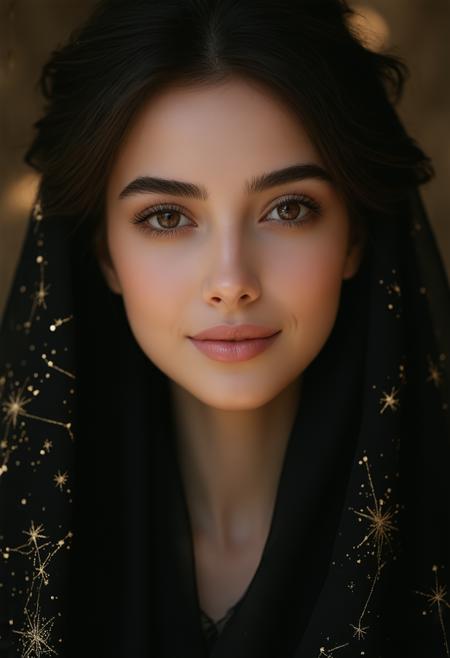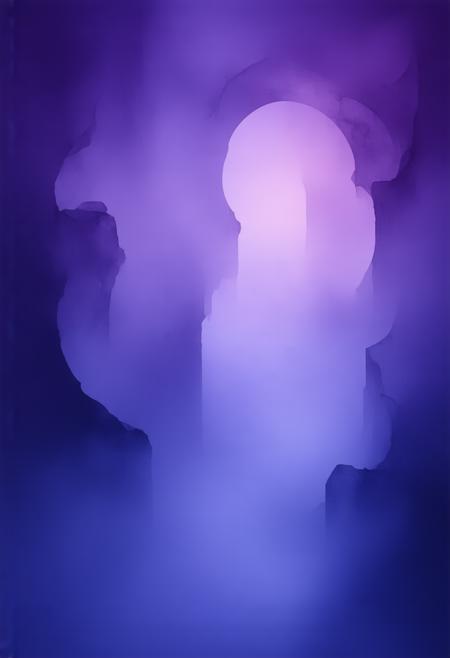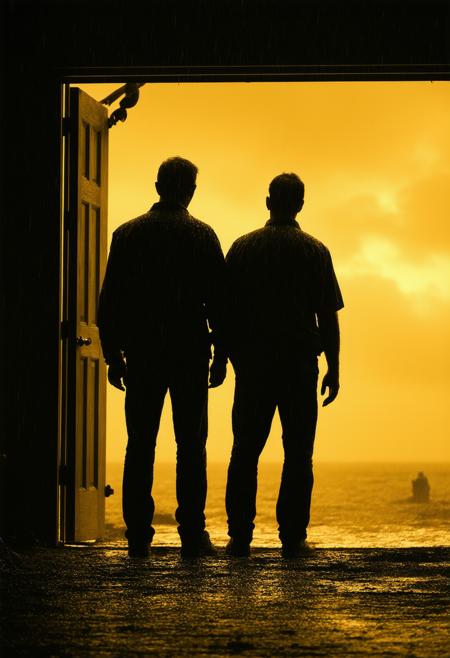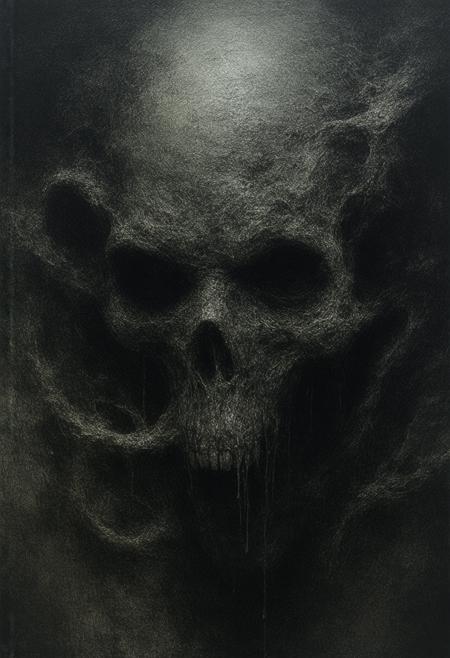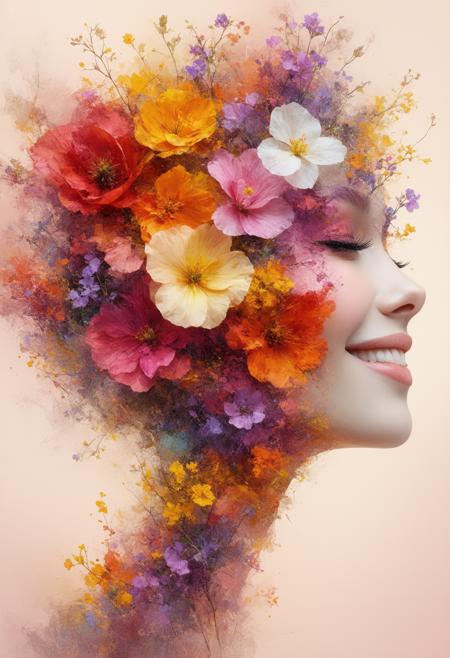A captivating portrait merging diverse artistic styles, featuring a blonde woman donning a Spider- Man themed hoodie. The composition draws inspiration from classic comic book panels, with bold outlines and dynamic framing, while incorporating elements of pop art's vibrant color palette and repetitive patterns. Street art influences manifest in stylized background details and textural overlays. The subject's pose exudes confidence, echoing the superhero's iconic stances. Dramatic lighting casts web- like shadows, enhancing the image's depth and atmosphere. Photorealistic details in the woman's face and hair contrast with more abstract, graphic elements in her clothing and surroundings. Splashes of primary colorsârich reds, deep blues, and bright yellowsâpunctuate the scene, creating visual excitement. The overall effect is a harmonious blend of comic book energy, contemporary urban edge, and fine art sophistication, celebrating the enduring appeal of Spider- Man while presenting a fresh, modern interpretation
